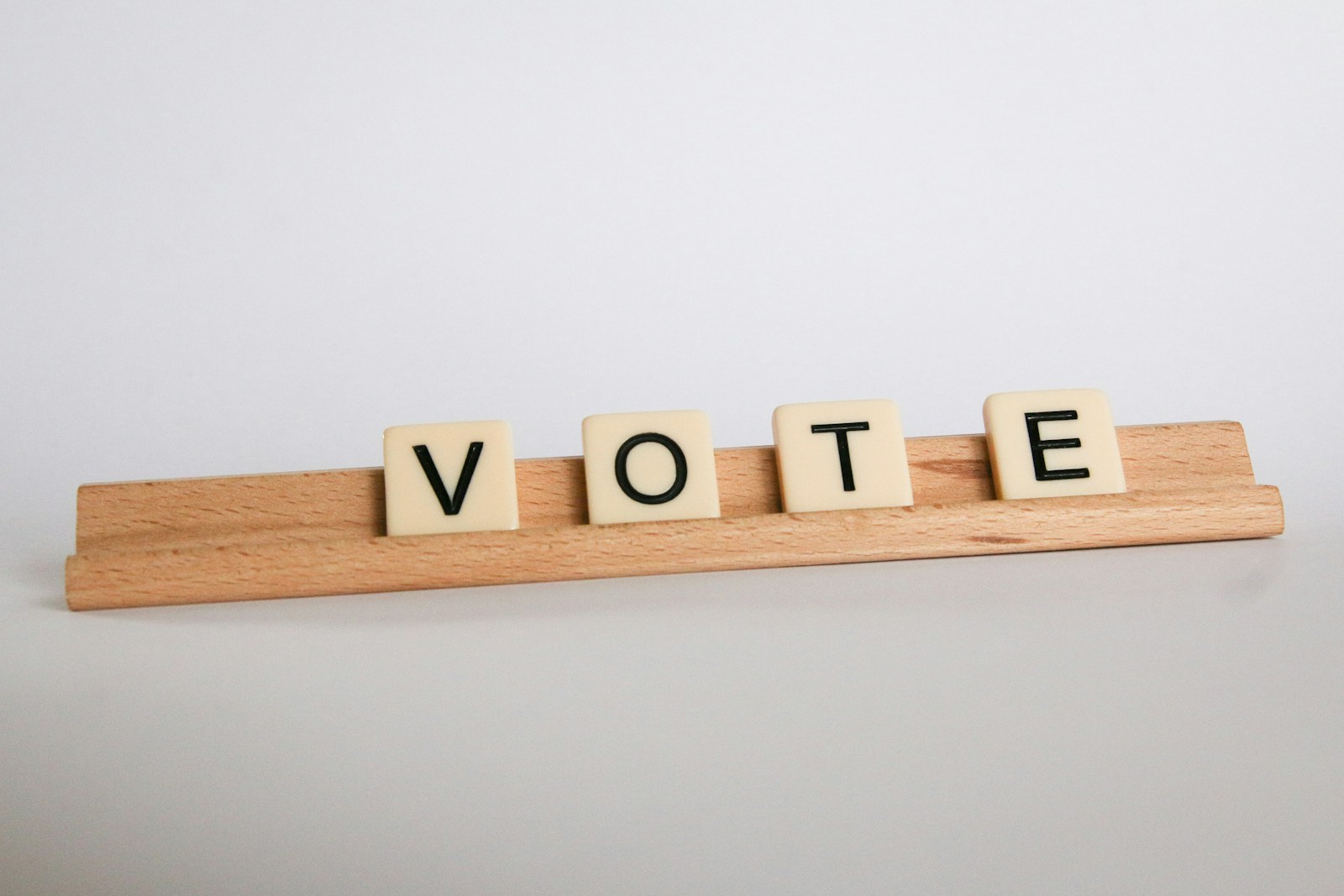In my experience studying leadership dynamics and organisational behaviour, some of the most extraordinary outcomes emerge not from perfect agreement, but from conflict approached with goodwill. Nowhere is this more evident than when two senior professionals, each bringing profoundly different but complementary strengths, come together to collaborate on a complex project.
Think of it as a “yin and yang” dynamic. One leader may be strategic and visionary, the other operational and grounded. One may instinctively push boundaries, the other may temper risk. These differences are not accidental – they are often the very reason both individuals were brought to the table. Yet with such diversity in thinking, background, and temperament, conflict is not only likely – it is necessary.
The key is how conflict unfolds. Conflict without goodwill fractures relationships. Conflict with goodwill strengthens them.
Why Conflict with Goodwill Matters
Goodwill, in psychological terms, is a foundation of positive intent. It means assuming that even when we disagree – even when our conversations are sharp, intense, or uncomfortable – the other person is acting out of a desire to contribute, not to harm.
In high-stakes projects, the absence of goodwill turns every disagreement into a contest. But when goodwill is present, conflict becomes a crucible for sharper ideas, deeper trust, and higher performance.
The most productive collaborations I have observed share a quiet, almost unspoken agreement: “We are different. We will disagree. And we will assume good intent as we do.” This orientation does not eliminate conflict, but it transforms it from a threat into an engine of creativity.
Staying Safe and Productive: Practical Insights
Through decades of research and advisory work with senior teams, several themes have consistently surfaced about how to navigate conflict with goodwill while protecting psychological safety and maintaining momentum:
1. Name the Differences Early
Before tension escalates, it is powerful to explicitly acknowledge the differences in styles, perspectives, and working methods. Language such as, “We see things very differently – and that’s exactly why this partnership matters,” normalises divergence and removes any sense of threat from difference itself.
In many teams, unspoken differences fester until they become personalised. By bringing them into the light early, you signal that difference is expected, valued, and manageable.
2. Anchor in Shared Purpose
Conflict feels less risky when both parties are anchored to a higher goal. Reminding yourselves – often and explicitly – of the purpose you are serving (“We are here to deliver the best possible outcome for X”) creates a shared frame of reference. It reduces the temptation to defend personal egos and helps focus conflict on ideas, not individuals.
Purpose acts as a stabiliser when the inevitable turbulence of disagreement arises.
3. Use Structured Dissonance
Rather than debating ad hoc, some teams I have advised use what I call structured dissonance – a deliberate method of surfacing different viewpoints without immediately seeking agreement.
For example, after presenting a proposal, one partner might ask, “What are the two or three biggest concerns you see?” This invites critique without implying betrayal.
By making dissent part of the process rather than an interruption to it, conflict can be channelled productively.
4. Maintain a “Personal Red Zone” Awareness
Each of us has personal triggers – moments when disagreement feels less like a professional exchange and more like a personal attack. One useful practice is to privately identify your “red zone” cues: feeling dismissed, feeling rushed, feeling patronised, etc.
By knowing your own red zones, you can recognise when your reactions may be outsized to the actual situation. You can then pause, breathe, and reorient to goodwill before responding.
Self-awareness is the quiet scaffolding that sustains goodwill under pressure.
5. Reaffirm the Relationship in Moments of Tension
When a conversation gets heated, a simple affirmation such as, “I’m pushing hard because I believe in what we’re doing – not because I don’t value your perspective,” can be disarmingly powerful.
Conflict strains relationships when it is left to interpretation. Reaffirming respect, trust, and shared intent ensures that even difficult moments build connection rather than erode it.
Different minds. Shared purpose. Stronger outcomes.
It’s a myth that highly effective senior collaborations are free from conflict. In fact, the best partnerships are full of conflict – but handled with deep, abiding goodwill.
Goodwill doesn’t mean being passive or avoiding disagreement. It means assuming the best of each other, speaking candidly, and staying anchored to a shared goal even when conversations get uncomfortable.
If you find yourself in a yin-and-yang partnership – two different but complementary forces navigating complexity together – remember: conflict is not your enemy. When approached with goodwill, it becomes your greatest ally.
The goal isn’t to eliminate tension. It’s to cultivate the kind of respectful tension that sharpens insight, deepens trust, and propels your work – and your relationship – toward something extraordinary.
Different minds. Shared purpose. Stronger outcomes.





0 Comments